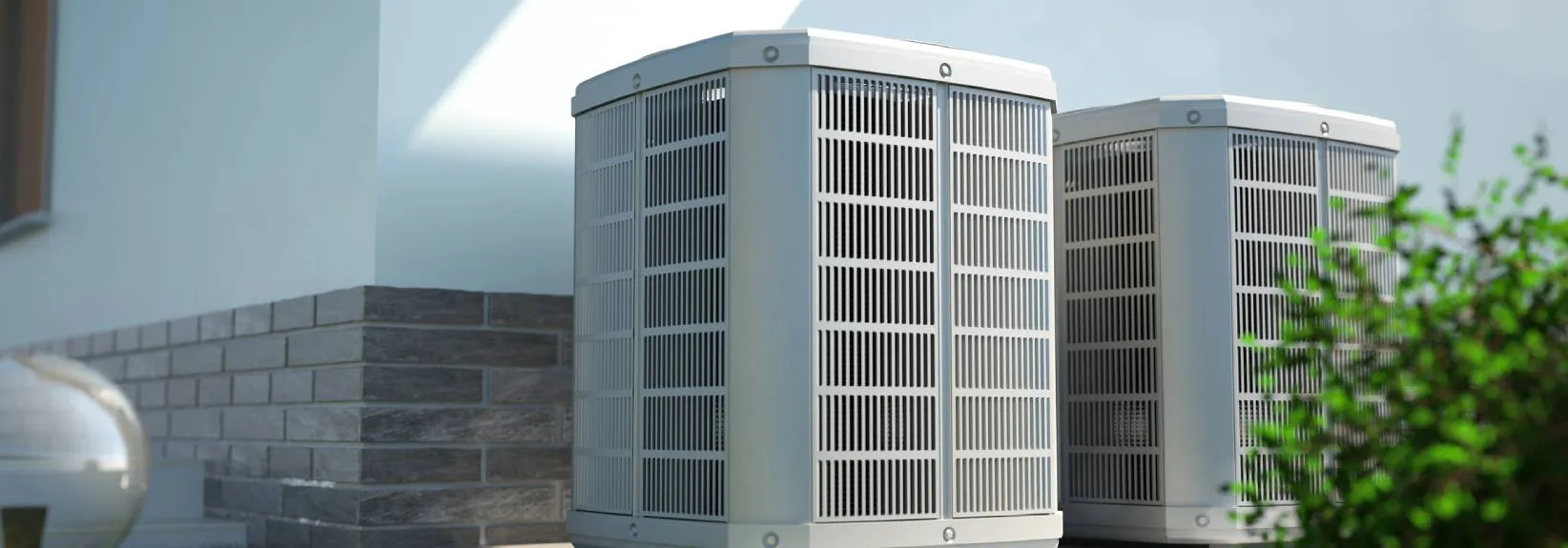Understanding the New SEER 2 Rating and Why It Matters
Energy efficiency is more than just a buzzword; it’s an important consideration for homeowners who are intent on saving money and who also want to promote environmental sustainability. The introduction of new SEER 2 rating standards in 2023 marks a significant shift in how we look at cooling efficiency. The release of these new ratings affects new HVAC installations as well as regular AC maintenance and repairs. Discover the ins and outs of these changes and what impact they could have on you.
The Basics of SEER and SEER 2
SEER, short for seasonal energy efficiency ratio, is the standard metric used to assess the cooling efficiency of air conditioning models. The higher the SEER rating, the more energy efficient the system and the cheaper the operating expenses.
SEER is determined by dividing the cooling output during a regular cooling season—measured in British thermal units, or BTUs—by the energy consumed in the process as measured in watt-hours. These statistics are created under special test conditions to guarantee consistency.
SEER 2 is the next era of AC efficiency ratings. It uses revised testing methods to provide a more accurate representation of real-world performance. Consequently, you should anticipate that AC efficiency ratings with a “2” after them will be smaller, even though they evaluate the same performance.
SEER isn’t the only rating that’s changing in 2023. A comparable cooling rating known as the energy efficiency ratio (EER) is also moving to a new standard called EER 2. Additionally, heat pumps have a heating-related rating that applies to wintertime heating efficiency. It’s referred to as heating seasonal performance factor (HSPF), which is also changing to HSPF 2 based on new, more exacting testing requirements.
New SEER Rating Standards for 2023
These changes may make you ask—what are the new SEER rating standards for 2023? The Department of Energy (DOE) has established differing minimums for the Northern and Southern United Provinces. As expected, the South has stricter requirements because this region has to depend more heavily on air conditioning. Here’s what consumers need to know when shopping for a new air conditioner or heat pump:
- The 2023 minimum rating for air conditioners in Northern provinces is 14 SEER, which translates to 13.4 SEER 2.
- The 2023 minimum rating for air conditioners in Southern provinces is 15 SEER, which is equivalent to 14.3 SEER 2.
- The 2023 minimum EER rating only applies to air conditioners installed in Southwestern provinces. It’s 12.2 EER, which is the same as 11.7 EER 2.
- The 2023 minimum ratings for heat pumps apply nationwide. They are 15 SEER (14.3 SEER 2) and 8.8 HSPF (7.5 HSPF 2).
Why SEER 2 Matters for Homeowners
The switch to SEER 2, EER 2 and HSPF 2 is vital for a number of reasons.
Cost Savings
The more precise measurements provided by SEER 2-rated units allow homeowners to make educated decisions about new HVAC installations, likely leading to lower energy bills over the system’s life span.
Environmental Impact
Energy-efficient systems with a high SEER 2 rating take less energy. This reduces a building’s carbon footprint, contributing positively to global environmental protection efforts.
Regulatory Compliance
Complying with the newly released SEER rating standards and knowing the equivalences between SEER and SEER 2 can help homeowners abide by the latest regulations. Of course, HVAC companies are responsible for installing equipment that fulfills new testing guidelines.
In the North, pre-SEER 2 air conditioners can still be installed in 2023, just as long as they were manufactured before January 1. But, in the South, only SEER 2-compliant AC units can be installed after January 1. If an installer breaches these regulations and is cited by the DOE, they are required to replace the non-compliant AC unit at no cost to the homeowner.
SEER 2 and New HVAC Installations
If you’re thinking about buying a new ACair conditioning system} in 2023, you might see SEER or SEER 2 ratings depicted on the tag. Either rating may be regarded as compliant, as long as it fulfills the regional minimum.
But bear in mind, it’s imperative to note that the new SEER rating standards only relate to systems acquired and installed after January 1, 2023. Current systems installed prior to this date don’t need to be replaced if they still function properly. This exception ensures homeowners aren’t burdened by more expenses but are still able to support future investments in more energy-efficient options.
Embrace SEER 2 with Confidence with Rob's Albertan Service Experts
Comprehending SEER 2 is about more than just being introduced to a new technical concept. Rather, it’s about aligning your residence with the ever-changing landscape of energy efficiency and environmental stewardship. SEER 2 brings a more accurate measurement to the table, affecting the way homeowners approach new HVAC installations.
Rob's Albertan Service Experts is ahead of the curve when it relates to this latest era of home comfort efficiency. We even guarantee your 100% satisfaction, so you can proceed with confidence. From educating homeowners about the new SEER rating standards to doing SEER 2-compliant HVAC installations in Edmonton, the team at Rob's Albertan Service Experts is here to help.
Contact Rob's Albertan Service Experts to discover how we can help you adapt to the new SEER rating standards. Together, we’ll help you set up a more energy-efficient home customized to your needs and aligned with the future of cooling system technology. Call 780-800-9047 today to get your appointment for work on your AC in Edmonton.

